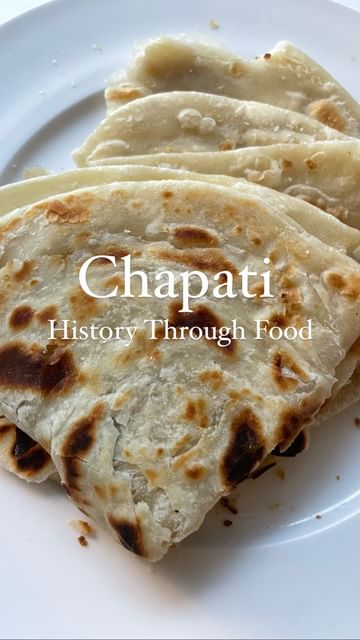Recipe below!
recipe by @eatwithafia (AfiaAA) - see original post

Food is the canvas in which we tell history and stories
The Indian Ocean has, for centuries, been a vibrant route for trade whether you are talking about the Swahili coast, right down to Madagascar, the islands found around the Indian Ocean and even the Indian subcontinent. Through sea routes, food, culture and language were shared. Colonialism disrupted this trade system but out of people resilience, we get different cuisine that still told the stories of diverse peoples. Chapati has found a it’s way to different parts of the world because of colonialism but it tells the story of resilence of indentured Indian labourers who left their home to far away lands. I only experienced this in Tanzania but I know the stories are vastly different depending on where you are in east Africa let alone places with large Indian populations
Recipe — there are so many recipes on YouTube so please also look to see what the variations are like
210g/ 1.5 cups flour
5g/ 1 tsp salt
3g/ 1 tsp sugar
25g/ 2 tbsp oil
100g/ 0.5cups lukewarm water
Mix all the ingredients together
Let the dough rest for an hour
Divide the dough into three
Roll each dough out thin, brush oil on top, sprinkle some flour then roll it up. Roll the log on itself till you get a spiral
Repeat for all three balls and let rest
Roll each ball out thin but not too thin
Heat a non stick pan to medium heat and put the chapati in. Wait till it starts to puff up then flip
Wait another 2 mins then add about 2 tsp oil to the pan. Flip the chapati and let it cook for another minute or two. Add another tsp of oil and flip. It’s like you are frying the chapati in oil.
Once both sides are nice and brown, it’s ready, remove and repeat with the rest of the chapati